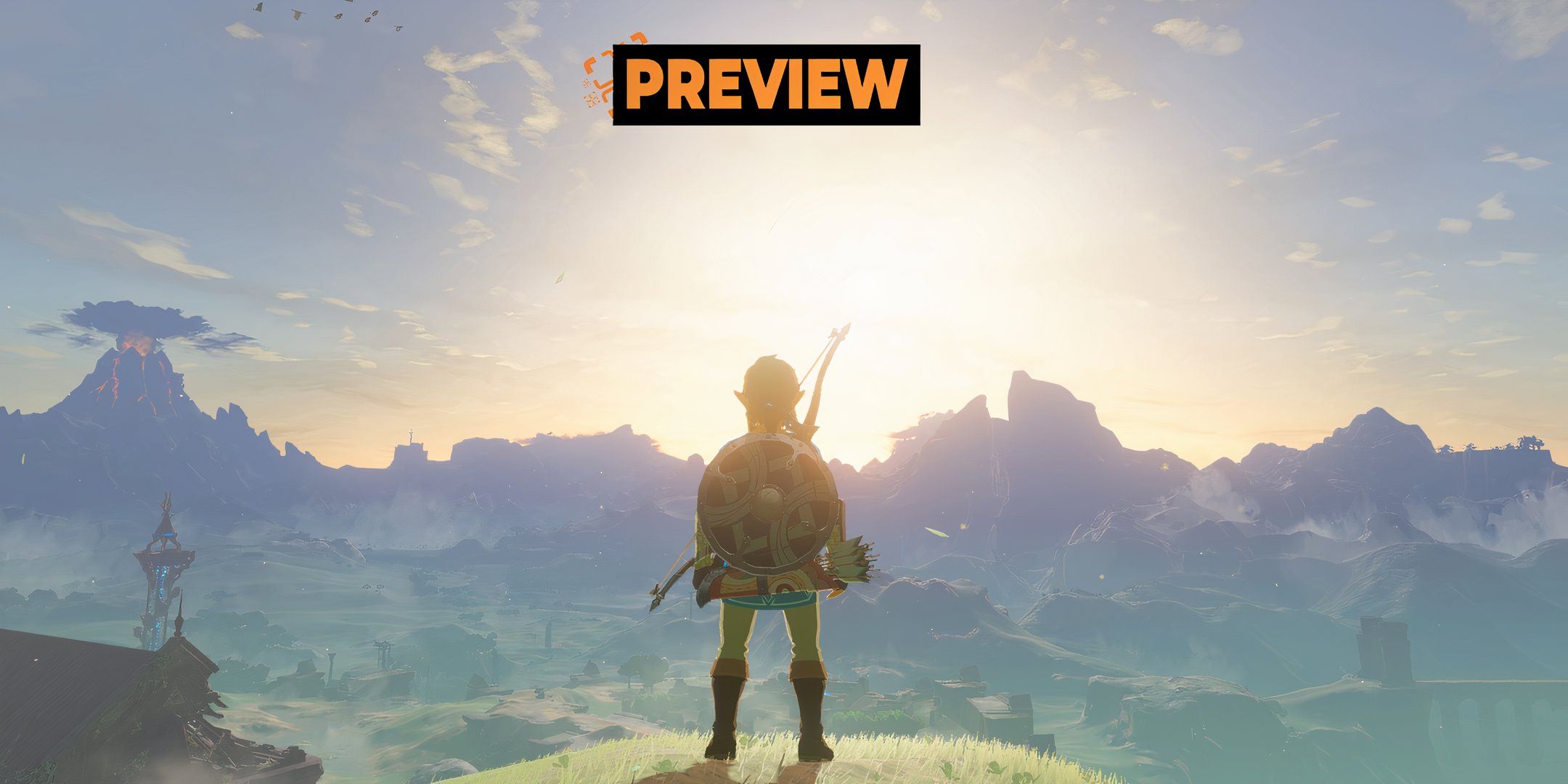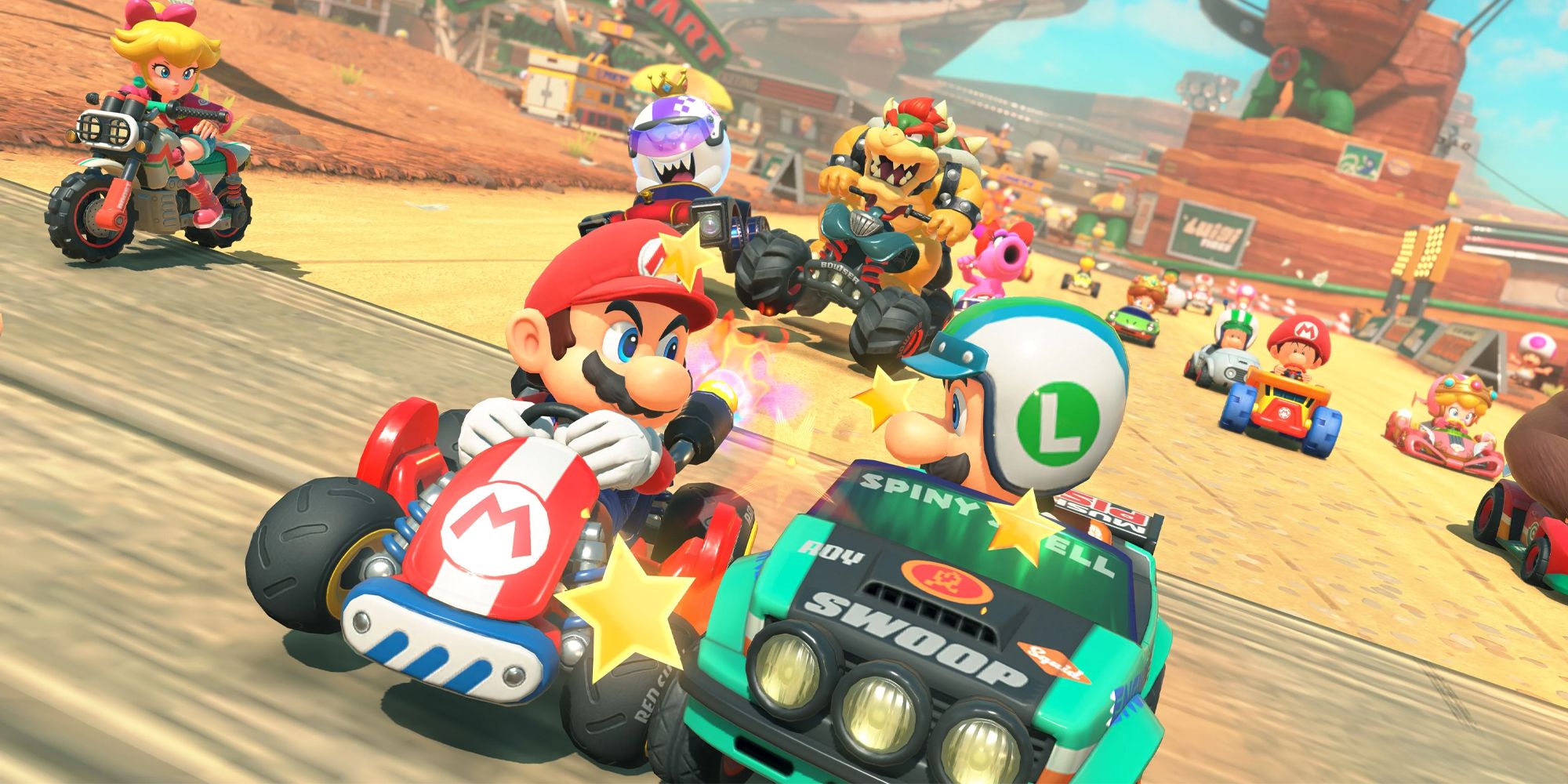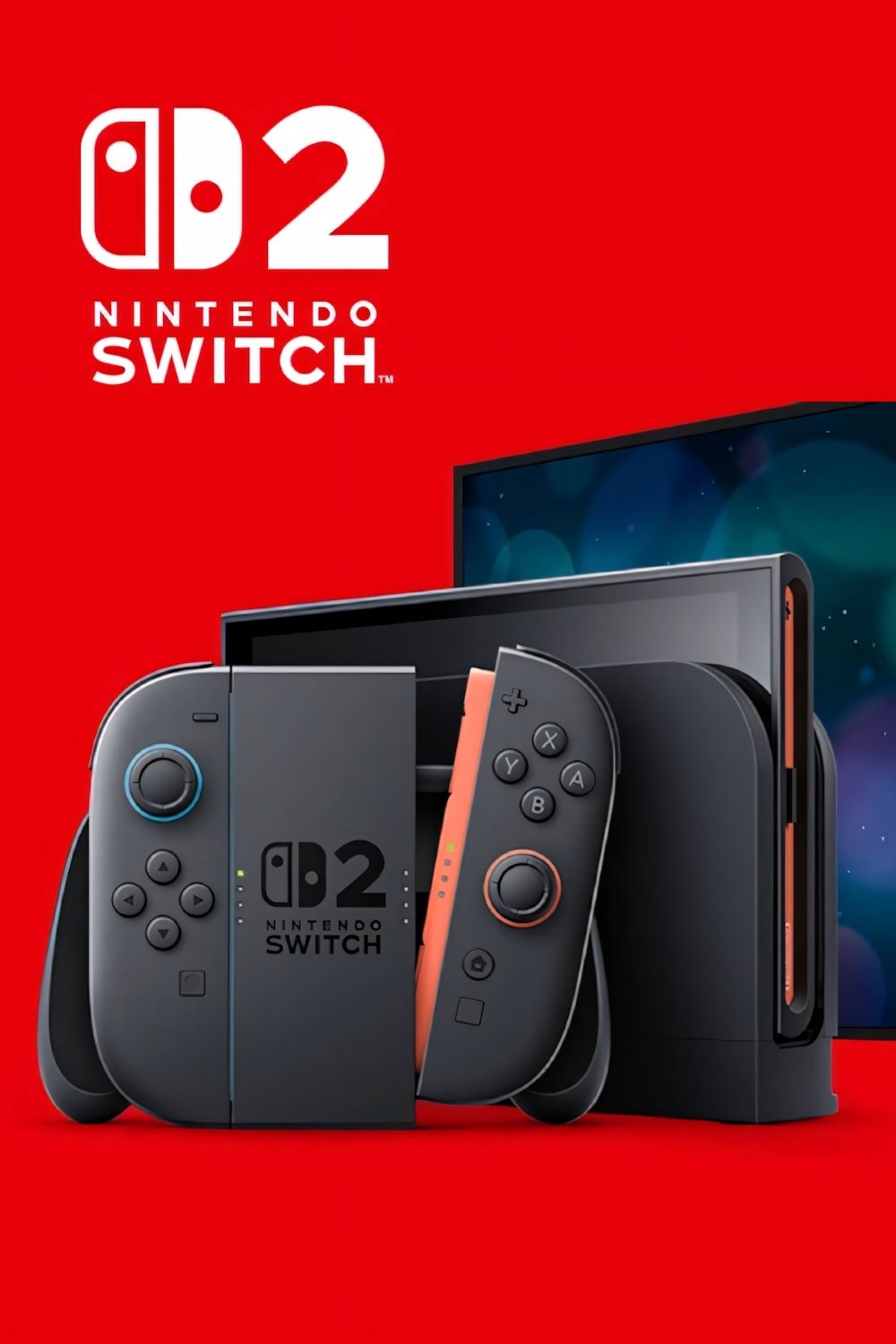The economy of video games is so weird. It’s no wonder everyone has such a messed up conception of how much a game should cost – there’s no consistent pricing model, and there never has been.
People will try to do all kinds of weird calculus to try and justify the relative value of a game purchase, but there’s ultimately no hours-played-to-enjoyment-received ratio. There’s no way to put a dollar value on experiences as varied and personal as video games.

Related
Breath of the Wild’s Switch 2 port doesn’t change too much, but a fresh coat of paint on an all-timer has me excited to sink another 100 hours.
The only real standard we’ve ever had is one that applies specifically to triple-A console games – and there hasn’t even always been a standard either, which we’ll get into later. In the Dreamcast/Playstation 2 era, when disc-based games became the standard, the industry largely settled on $50 for new games. That increased to $60 around 2004, where it stayed for the better part of two decades.
Now prices are going up. The standard increased to $70 with the launch of the PS5 in 2020 (or $100 for the digital-deluxe-early-access-season-pass-premium-edition-for-suckers) and people still haven’t really made peace with it. Now Nintendo is asking $80 for the digital version of Mario Kart World, with at least one store listing the physical version for $90. A price hike like that puts quite a burden on customers for a few reasons, not least of which is the fact that a lot of the most popular games today are completely free.
Paying More For Less And Less For More
A featured image showcasing the cast from Mario Kart World, with Mario and Luigi clashing head to head.
People who understand the economics of making games will argue that we’re long overdue for a price hike like this, and it’s easy to see why. Games cost significantly more to make today than they did twenty years ago. The average time to make a triple-A game is now four years, compared to the two years it used to be.
Development teams are also much bigger than ever before, with work often spread out between different studios all over the world. All that extra time and manpower adds up to a significantly higher cost, and with such a saturated market, it’s reasonable to expect that games will need to cost more in order to make a profit today than they did 15 years ago. That’s the price we pay for all those pretty pixels.
Unfortunately for, well, everyone – a $10 price hike in 2004 is a lot different from a $10 price hike today. We won’t get into all the reasons why, but I’m sure you’ve probably noticed we’re all in a bit of a cost-of-living crisis right now. When rent is half of your income and basic needs like groceries seem to get more expensive every month, the last thing people want to hear about is how technically speaking, games have been way too cheap for the last ten years. It might be true that the game industry has outgrown $60 games, but when you tell that to someone who hasn’t gotten a raise in the last three years, how do you expect them to react?
People also like to point out how expensive games were during the cartridge era. “I didn’t see you complaining when Super Mario 64 was $125 (adjusted for inflation) in 1996!” they say, all smugly like. We have to remember the market is very different today than it was back then. There are so many more games – and studios making games – today than there were in the ‘90s. Not only is there a lot more competition between companies trying to make a profit, but there are also a lot more options for players. A game like Super Mario 64 had a 26 percent attachment rate on the N64. The best-selling PS5 game, Marvel’s Spider-Man 2, sold half as well as Super Mario 64, and is only owned by 15 percent of PS5 owners.
Maybe the biggest hardest part of trying to justify $80 games today is the fact that some of the most popular games in the world aren’t $80, or $70, or even $60 – they’re free. Nintendo isn’t just competing with other expensive games anymore; it’s competing with Fortnite, Roblox, Genshin Impact, and Marvel Rivals.
This Would Have Been An Easier Pill To Swallow In 2015
We’re indeed overdue for a price hike on games, but what’s ironic is that $70 or even $80 games probably would have gone over much better with gamers ten years ago. Back then the only popular free-to-play games were browser-based flash games, mobile slop, and Runescape. There were still plenty of budget-friendly indies on places like Steam and Xbox Games Store, but big games had a big price tag.
We didn’t have console-quality free mobile games like Genshin Impact and Wild Rift. We didn’t have Game Pass, Netflix Games, or the Epic Game Store throwing us freebies every week. There is so much we can play – good stuff we can play – without ever spending a dime, let alone $80. I don’t measure the value of a game based on how long it takes to beat it, but I do know I’m going to get way more mileage out the games I play every day, like Pokemon Unite, The Bazaar, and (soon) Mecha Break, than I ever will with the few weeks I’ll be infatuated with Mario Kart World.
Some games will be too big to fail, and Mario Kart World is one of them. I suspect Nintendo could charge $150 for the next mainline Pokemon game, and it would still break every sales record. Raising the standard price right now only makes me worry for the games that need all the attention they can get. Those under-the-radar gems that didn’t deserve to fail like Marvel’s Midnight Suns, Ghostwire: Tokyo, and Prey.
It’s hard enough to get someone to take a flier on something they may or may not like at $60, but at $80, there’s just no hope for anything but the biggest, oldest, most market-tested IPs. Will there be room in our budgets for other games when Mario Kart, Grand Theft Auto, and the next Naughty Dog blockbuster cost $80? Or will everyone just seek refuge from the endless barrage of expenses they face with a good old-fashioned game of Fortnite?









Leave a Reply